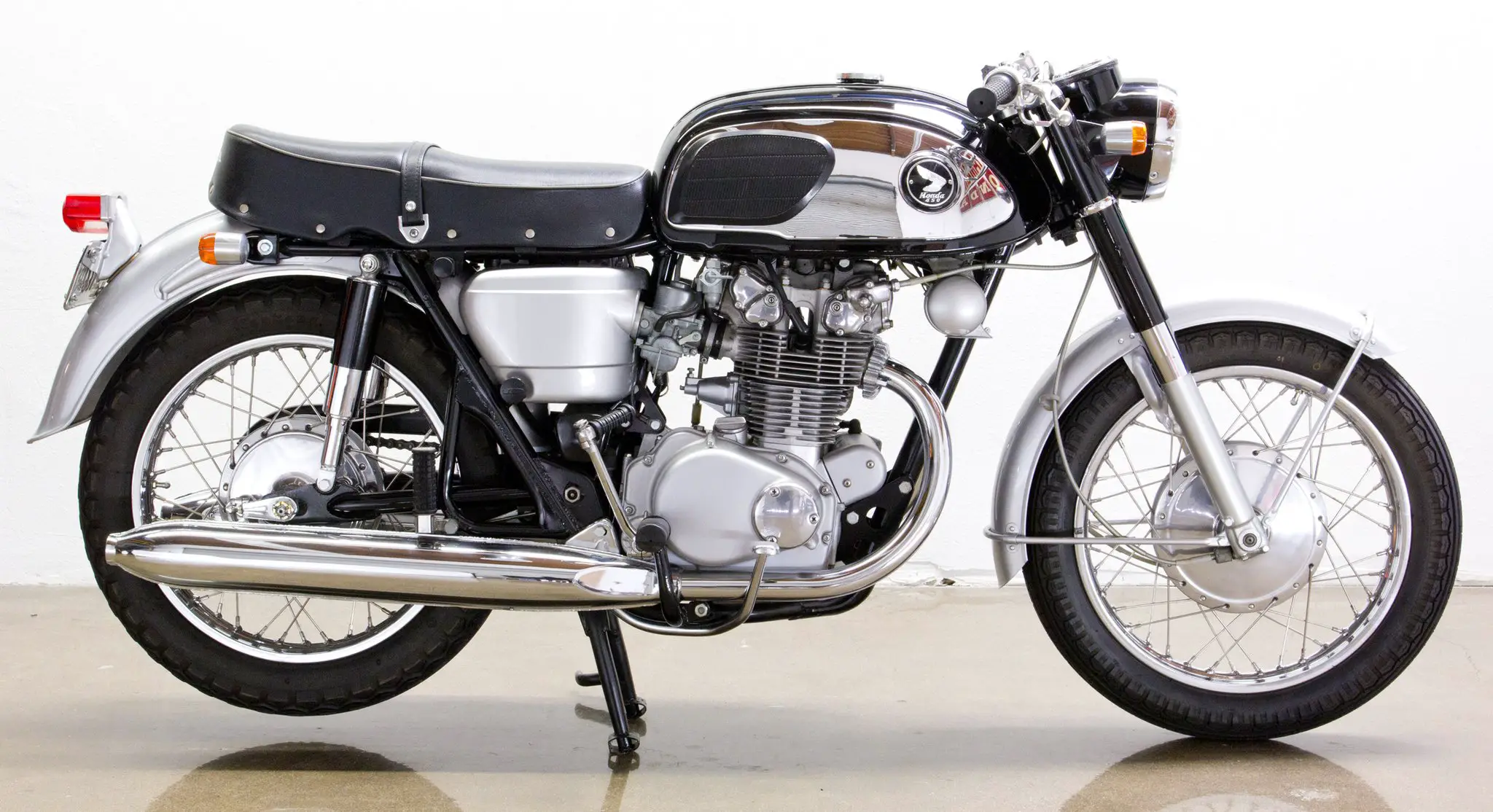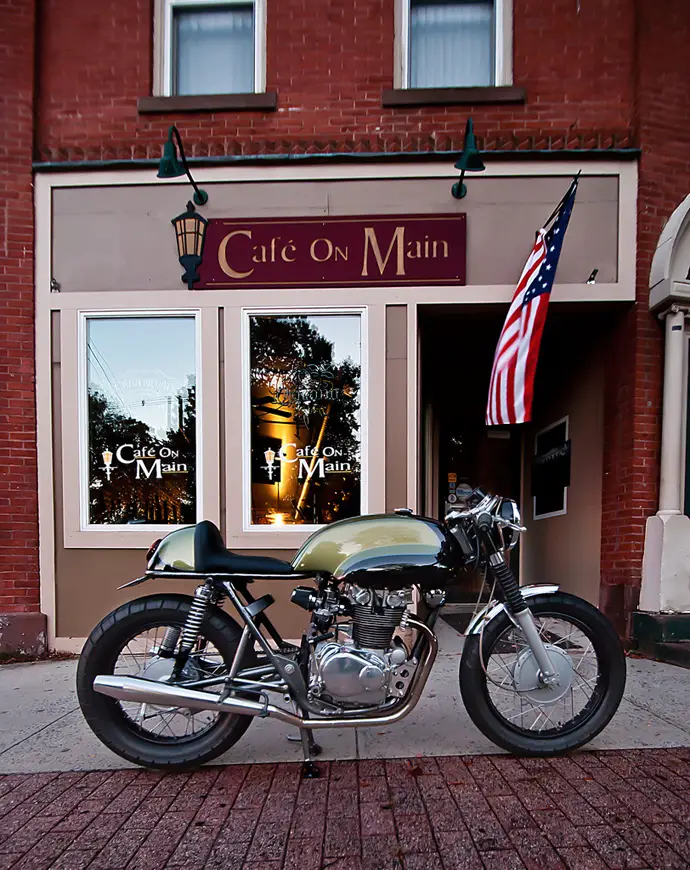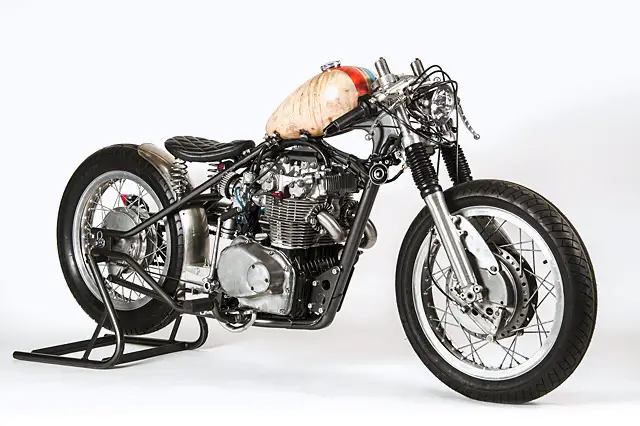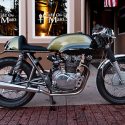February the 7th 1965, not a date that history teachers would have battered into the minds of the nation’s youth, but if you were Beatles guitarist George Harrison it was a big deal. It was the day he had his tonsils removed. Perhaps more interestingly however, it was also mere months away from the launch of a motorcycle that would fire the first warning shot in the battle of the bikes. The Honda CB450 had landed and the other manufacturers had to run to keep up.

In today’s hyperventilating, superlative saturated world, it’s hard to imagine any motorcycle upsetting the apple cart like the CB450 did, but this was a time when Harley Davidson were using the same basic engine design from the 1930’s and British bike manufacturers convinced the buying public that oil leaks were patriotic.

Red-lining at an unbelievable 9500rpm and featuring a double overhead cam engine with horizontally split crankcases, not only was the Honda CB450 radical in its technical specification, Honda’s approach to selling it was too, using the bike to target the non-biking public! ‘You meet the nicest people on a Honda,’’ said their ad campaigns, but that was way too bland for those who saw the potential of the bike and promptly christened it the Black Bomber due to its black-only option.
Believing that Japanese motorcycle manufacturers were happy to dominate the Asian market with a huge menu of small capacity chicken chasers, it wasn’t until 1964 when a western journalist in Japan reported seeing trials of a large capacity parallel twin engined bike, that the rest of the world took notice. Which of course was way too late to do anything about, but in reality, they needn’t have worried overly because opening a new market in the States, also led to Harley doubling their new bike sales, with Triumph, BMW, and Ducati all announcing record sales too.

Unfortunately, despite cutting-edge technology in the engine department (remember, this was a time when only
race bikes had dohc engines) the rest of the Black Bomber looked like it had been hit with an ugly stick, its cycle parts too closely resembling many of the other non-descript Japanese bikes of the era, and the CB450, despite its potential, wasn’t the runaway sales success Honda had hoped for. What it most definitely achieved however, was waving the chequered flag for Japanese bike manufacturers to go bigger, trickier and faster, the race was on.
Today, the CB450 is recognized as the game changing bike it was, and with its robust engine design, many of these very useable classics are still putting miles below their wheels, albeit restored or customized and commanding top dollar price tags.

